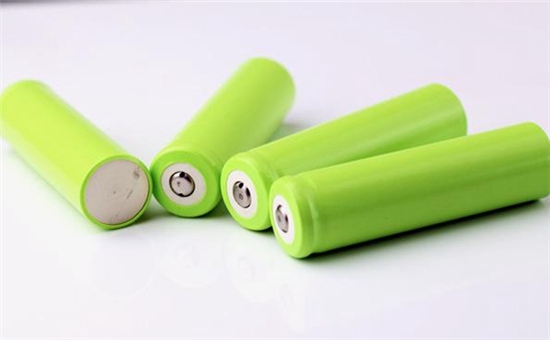- Home
- Products
- Elementary
- Boride Powder
- 3D Printing Powder
- Sulfide Powder
- Oxide Powder
- Carbide powder
- Nitride Powder
- Silicide Powder
- Hydride Powder
- Telluride Powder
- Selenide Powder
- Stearic Acid Series
- Phosphide Powder
- Nanoparticles
- Metal Alloy
- MAX Phase
- Lithium Battery Anode
- Surfactant
- Molecular sieves
- Concrete Admixtures
- News
- Answers
- Contact
- About
News
- 0
- 0
What are the main materials of lithium batteries?
If you are looking for high-quality products, please feel free to contact us and send an inquiry, email: brad@ihpa.net
Risk aversion plunged on the positive news of the Russia-Ukraine talks. After several days of rising oil prices, the price of precious metals continued to fall. Domestic futures markets remain stable for the time being.
Back in international markets, WTI crude futures briefly dipped below $100 a barrel, while Brent crude hit its lowest intraday level in nearly two weeks. Spot gold briefly fell below $1,900 an ounce. Comex gold futures closed down 1.1 percent at $1,918.4 an ounce. Comex silver futures closed down 1.14 percent at $24.91 an ounce. "Recently, crude oil prices have been extremely sensitive to changes in geopolitical news." Traders believe that the current oil price is still in the broad impact, Ukraine will still be a premium in the case, although the market further decline, but should not be too pessimistic, it is recommended to wait and see for the time being. The Ukrainian premium is still there and there will be some volatility in the lithium batteries market.
Carbon anode material
The actual negative electrode materials used in lithium-ion batteries are basically carbon materials, such as artificial graphite, natural graphite, mesocarbon microspheres, petroleum coke, carbon fiber, pyrolysis resin carbon, etc.
Tin-based anode material
Tin-based anode materials can be divided into tin oxides and tin-based composite oxides. Oxides refer to oxides of metal tin in various valence states. There are no commercial products.
nitride
There are no commercial products.
Alloys
Including tin-based alloys, silicon-based alloys, germanium-based alloys, aluminum-based alloys, antimony-based alloys, magnesium-based alloys and other alloys, there are also no commercial products.
nanoscale
Carbon nanotubes, nano-alloy materials.

Nano oxide
According to the latest market development trend of lithium battery new energy industry in 2009, many companies have begun to use nano-titanium oxide and nano-silicon oxide to add to the previous traditional graphite, tin oxide, and carbon nanotubes, which greatly improves the charging and discharging of lithium batteries. volume and charge and discharge times.
What are the causes of battery explosions?
1. The internal polarization is large;
2. The pole piece absorbs water and reacts with the electrolyte;
3. The quality and performance of the electrolyte itself;
4. When injecting liquid, the amount of liquid injection cannot meet the process requirements;
5. The laser welding sealing performance is poor in the assembly process, and the air leaks when the air leakage is detected;
6. Dust and pole piece dust are easy to cause micro-short circuit first;
7. The positive and negative plates are thicker than the process range, and it is difficult to enter the shell;
8. The problem of liquid injection and sealing, the poor sealing performance of steel balls leads to air bulging;
9. The incoming shell material has a thick shell wall, and the shell deformation affects the thickness;
10. The high ambient temperature outside is also the main reason for the explosion.
High quality lithium batteries supplier
Luoyang Moon & Star New Energy Technology Co., LTD, founded on October 17, 2008, is a high-tech enterprise committed to the research and development, production, processing, sales and technical services of lithium ion battery anode materials. After more than 10 years of development, the company has gradually developed into a diversified product structure with natural graphite, artificial graphite, composite graphite, intermediate phase and other negative materials (silicon carbon materials, etc.). The products are widely used in high-end lithium ion digital, power and energy storage batteries.If you are looking for Lithium battery anode material,click on the needed products and send us an inquiry:sales@graphite-corp.com
The downturn in tourism has caused the recession, and the weakening of the economy has also affected the market demand for lithium batteries. Recently, however, the demand for lithium batteries has increased, so contact us for the latest news on lithium batteries.
Inquiry us